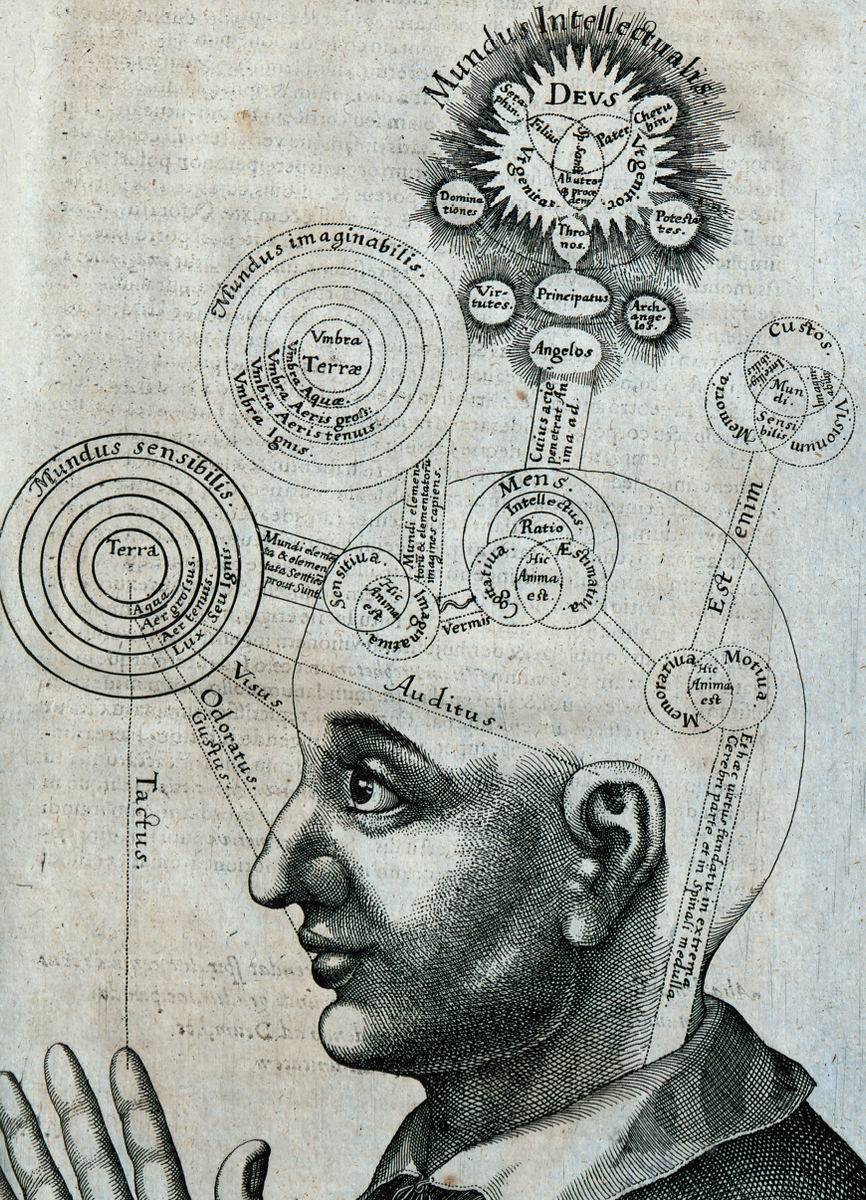

| -homepage- -about us- -e-essays- -shat"zposts- -sitra
achra- -lofty
esoteric knowledge- |
| 17/01/24, legit theology: Theurgy – the Building, or Making, of God |
post by gur dimei
 A reader of the blog asked me to write about Iamblichus. So I’ll write here about a central theme from Iamblichus that is, in my opinion, morbidly misunderstood and that is the concept of theurgy – the ergon, art or fabric, of God. Nowadays the freemasons have took over the legacy of Iamblichian theurgy, and have turned it from geniuine legitimate worship into black divination practices. Nothing is more despicable to me. The theurgic art [...] frequently connects together stones, herbs, animals, aromatics, and other sacred, perfect, and deiform substances of the like kind; and afterwards, from all these, it produces an entire and pure receptacle. I must say this reminds me a lot of the Jewish worship in the temple, whose purpose was really to provide the divine with a receptacle through which it will have a foothold on earth. The sacrifice of animals and kindling of fires provides God with receptacular matter through which he may operate. The purpose of worship and “sacred operations” is to prepare man as a vessel for the unfolding of divine light of action. So does Iamblichus say further: The continual excercise of prayer nourishes the vigour of our intellect, and renders the receptacles of the soul far more capacious for the communication of the Gods. If so, the fabrication or labor of God is largely a work upon ourselves, the individual ramifications of divine substance. When we labor ourselves we are not cultivating ourselves as agents, but rather as passers, passive works rather than workers. The true worker is God the Demiurgus, who is the master Artisan and Author. והנה כאשר נחרב בית המקדש, גלתה שכינה בין הקליפות, לפי שהנשמות שגלו ביניהם, אין בהם כח ויכולת לצאת מתוכם, כיון שנפגמו בחטאם. ועל כן שכינתו יתברך, אשר עליה נאמר כי ה' אלהיך אש אוכלה, נכנסת ביניהם כדי ללקט אותם נצוצות נשמות אשר בתוכם, ומבררת אותם ומעלה אותם למקום הקדושה, ומחדשם, ומורידם בעולם הזה, בגופות האנשים. [...] ואמנם אין השכינה מלקטת אותם, אלא ע"י מעשה התחתונים ותפלותיהם, בסוד תנו עז לאלהים. [...] אבל חטאתינו מתישים כחה, וכמו שאמר הכתוב צור ילדך תשי. When the Temple was destroyed, the Shekinah was exiled to work among the Kelipot [“Shells” – unformed, bad spirits], since the Souls [of Israel] – who were exiled to sit among them [among the shells] – did not have the power or capacity to leave them, due to being sinful. And for this His Blessed Shekinah – about whom it was said “your Elohim are a Consuming Fire” (Deutronomy 4:24) – enters their [the shells’] domain to gather those ramifications and souls that are [locked] among them, and refines them and raises them to the [other] domain of holiness, and renews them, and sends them down to this world, to incarnate in human bodies. [...] But the Shekinah does not gather them, unless the earthly beings act, work and pray, in the mystery of “cast your capacities unto Elohim” (Psalms 68:34). [...] And our sins exhaust her strength, as said Moses “the rock of which you were formed is exhausted” (Deutronomy 32:18). What we learn here that the Shekinah’s “Consuming Fire” is supplied by the Souls of Israel. Without our daily sacred operations, our acts, works and prayers, she hasn’t the capacity to digest the shells into refined spirits. But the more important thing, that we also learn from the Zoharic interpretation of Psalms 69:34 (yahiv cheila – “casts vigour”), is that the “receptacle” which is being prepared here is not passive matter in the classical sense, but rather uterine mold in the kabbalistic sense. In that sense the sacred operations of man serve to inform God, or truly – fabricate God. |
| On the Author: Gur Dimei is an Israeli ''Frankist Incel'', sha''tzposter and an independent researcher of the Zohar. |